Connecting Science and Society
Making Complex Science Accesible to All
Follow Us

Medical & Health Sciences Latest

James J. Driscoll, MD, PhD | Immunoproteasome Activation Enhances the Recognition of Tumour Cells and Boosts Anticancer Immune Responses
Article written by Chris Barton, BSc (Hons), MSc (Hons)The correct functioning of the human immune system depends on its ability to recognise danger, such as tumour cells, viruses, and bacteria. Scientists are learning how...

New Approaches to Treating Alzheimer’s Disease
Article written by Helen Rickard, PhDAlzheimer’s disease is a devastating condition that strips away people’s memory, thinking, and independence. By 2050, it is expected to affect over 100 million people around the world, making it a high priority for scientific...
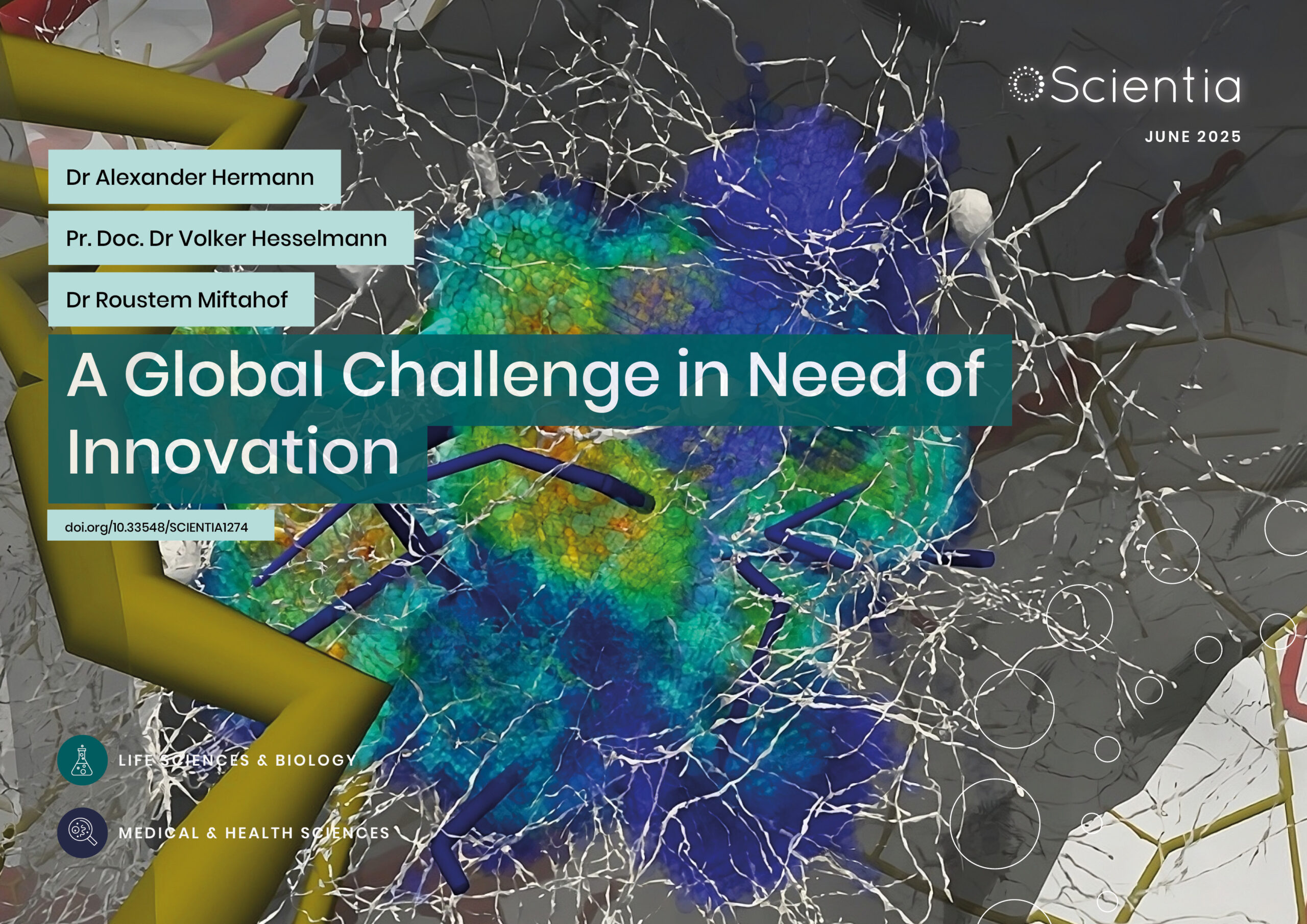
Stroke: A Global Challenge in Need of Innovation
Article written by Joseph Earley, PhDStroke is the third leading cause of both death and disability worldwide, but unfortunately, current diagnostic tools are unsatisfactory. Dr Roustem Miftahof and Dr Alexander Hermann at Advanced Biosimulation Technologies...
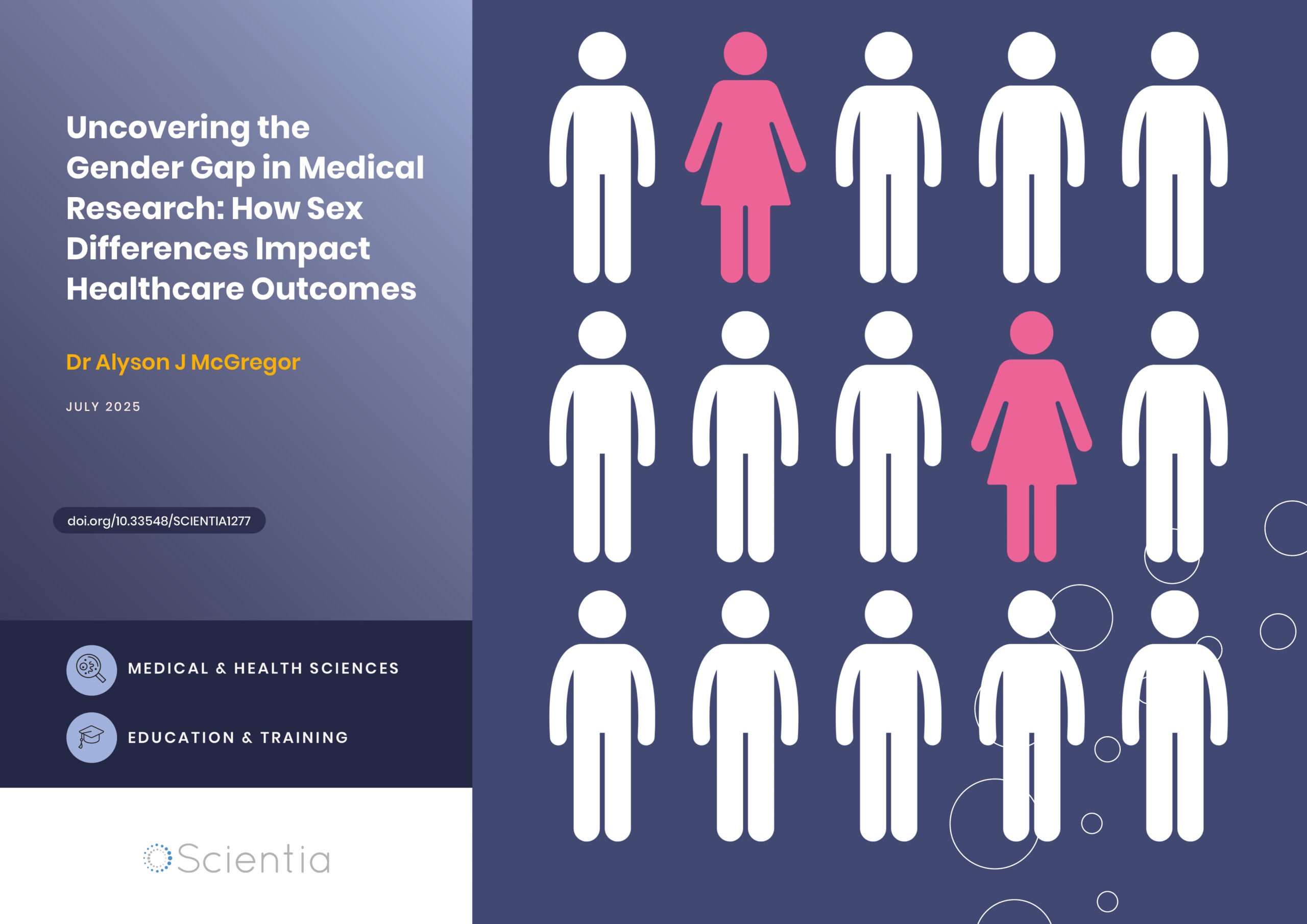
Dr Alyson J McGregor | Uncovering the Gender Gap in Medical Research: How Sex Differences Impact Healthcare Outcomes
Article written by Imogen Forbes, MSciMedical research has historically focused predominantly on male subjects, leading to dangerous gaps in our understanding of how diseases and treatments affect women. Dr Alyson McGregor from University of South Carolina...
Earth, Environment & Agricultual Sciences

Dr James D. Burrington | Fuelling Hydrogen’s Role in a Net Zero Future
Hydrogen is often touted as the fuel of the future, but how much can it really contribute to global decarbonisation? Dr James D. Burrington, founder of NiceChemistry.com, has modelled how hydrogen technologies, particularly green hydrogen, might support worldwide net zero goals. His research applies rigorous metrics to assess energy efficiency, cost, emissions, and land use. This revealed that, while hydrogen may not directly replace electricity, it could be critical in decarbonising sectors where electrification falls short.

Dr Shigetaka Hayano | The Rubber Revolution: Cracking the Code for Tire Recycling!
Article written by Joseph Earley, PhDTraditionally, rubber waste was nearly impossible to recycle due to crosslinked sulphur bonds. But a team of researchers led by Dr Shigetaka Hayano from Zeon Corporation, in Japan, have achieved a groundbreaking feat in...
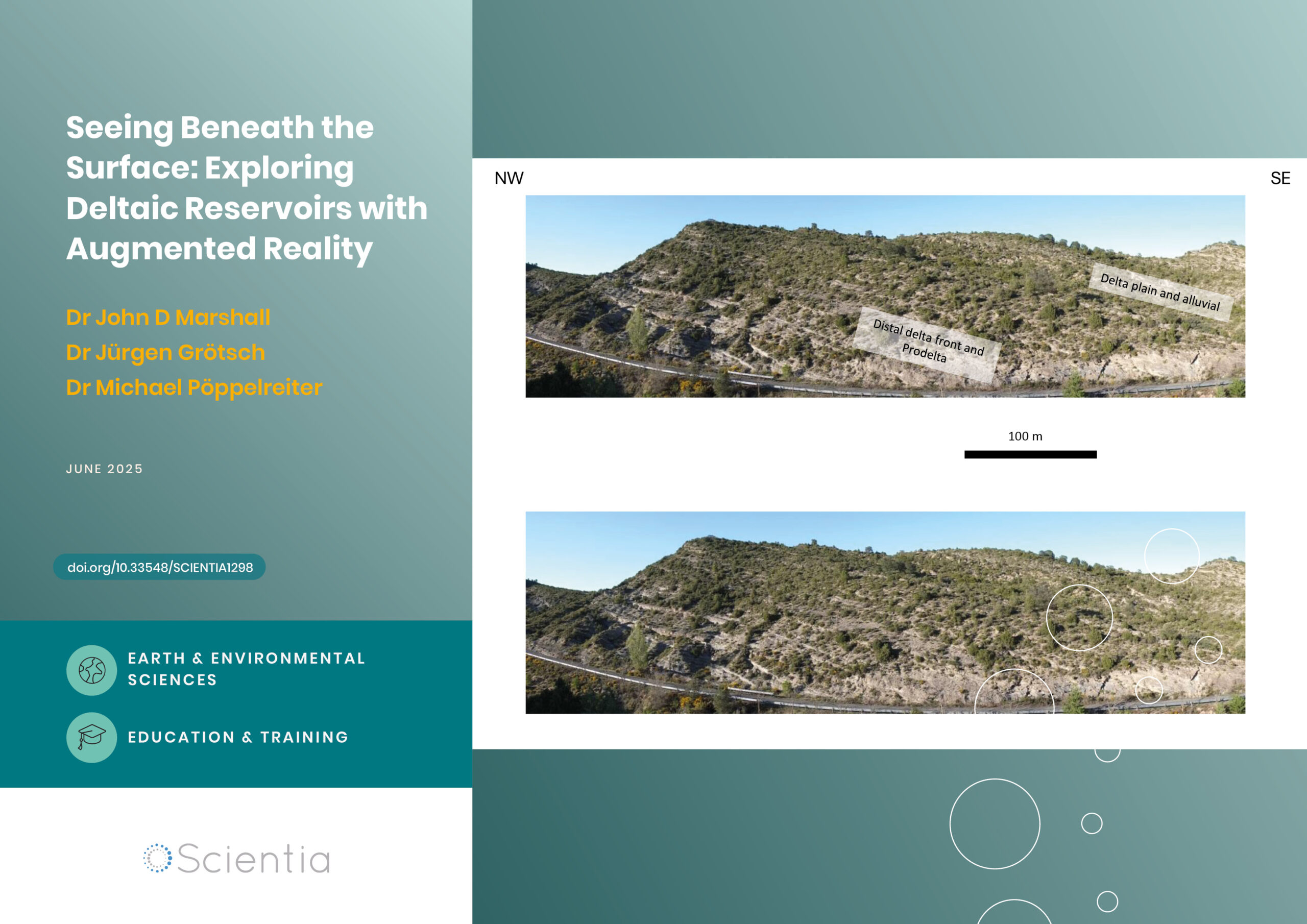
Seeing Beneath the Surface: Exploring Deltaic Reservoirs with Augmented Reality
Article written by Janine Galliano, MScIn the Aínsa Basin of the Spanish Pyrenees, the Mondot-1 well was drilled, cored, and fully logged to capture a detailed record of a long-buried ancient river delta system. Dr. John D. Marshall, Dr. Jürgen Grötsch, and Dr....
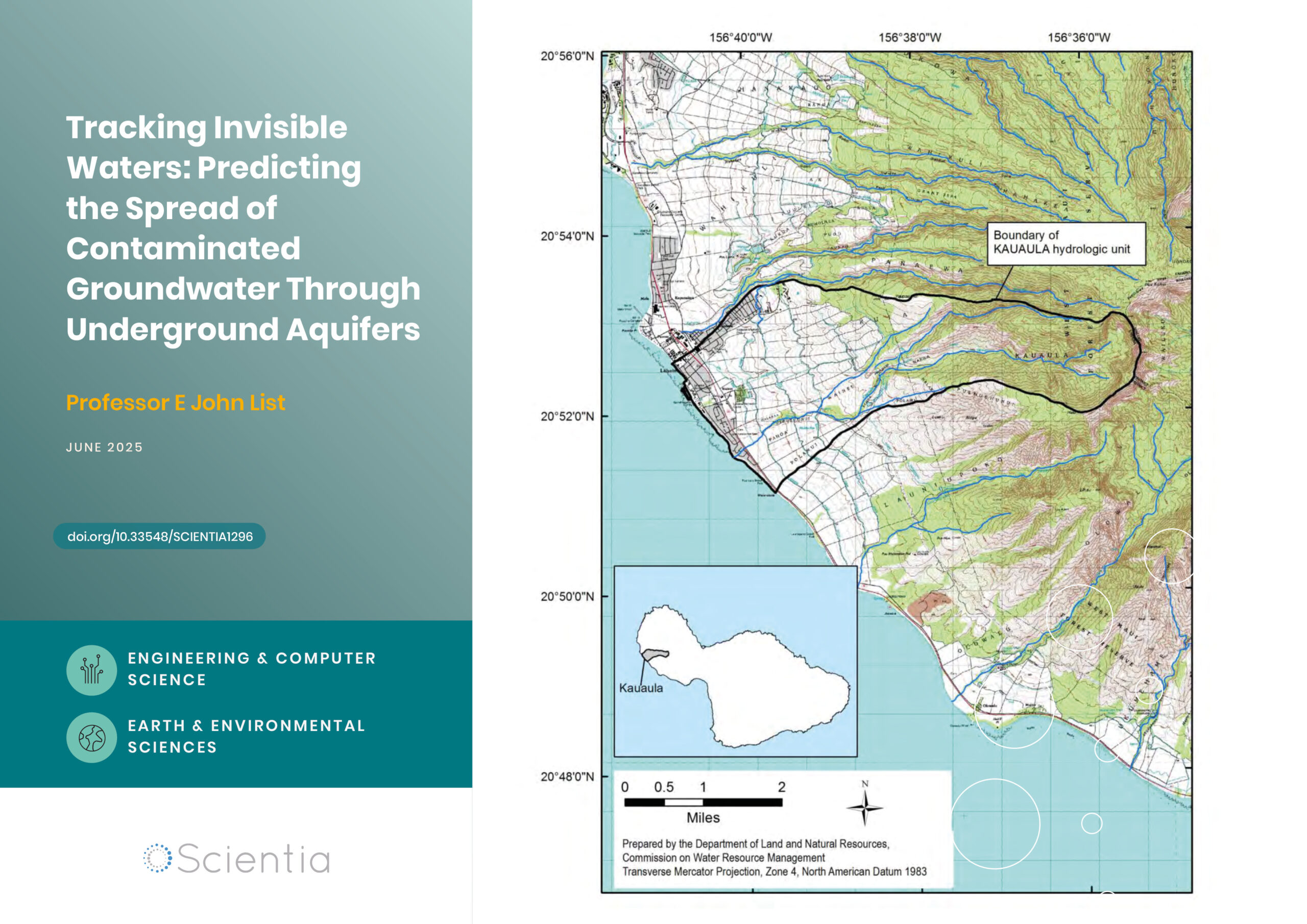
Professor E John List | Tracking Invisible Waters: Predicting the Spread of Contaminated Groundwater Through Underground Aquifers
Article written by Helen Rickard, PhDWhen we think about water pollution, we often picture oil spills on the ocean surface or chemicals flowing down rivers. But some of the most significant environmental challenges occur completely out of sight, deep...
Physical Sciences & Mathematics Latest

Professor Nancy Burnham | Imaging on the Nanoscale: Improving Techniques in Atomic Force Microscopy
Atomic force microscopy (AFM) provides the means to image surfaces with nanometre resolution, allowing scientists to look at the individual building blocks and forces that make up the world around us. Professor Nancy Burnham of Worcester Polytechnic Institute and her colleagues Lei Lyu and Lily Poulikakos at the Swiss Federal Laboratories for Materials Science and Technology (Empa) have worked on how we can reduce artefacts in these images and ensure they are accurately interpreted. By considering and applying these techniques, high-quality AFM research can be produced.
Engineering & Computer Science Latest

Professor Nancy Burnham | Imaging on the Nanoscale: Improving Techniques in Atomic Force Microscopy
Atomic force microscopy (AFM) provides the means to image surfaces with nanometre resolution, allowing scientists to look at the individual building blocks and forces that make up the world around us. Professor Nancy Burnham of Worcester Polytechnic Institute and her colleagues Lei Lyu and Lily Poulikakos at the Swiss Federal Laboratories for Materials Science and Technology (Empa) have worked on how we can reduce artefacts in these images and ensure they are accurately interpreted. By considering and applying these techniques, high-quality AFM research can be produced.
Arts, Humanities & Social Sciences Latest
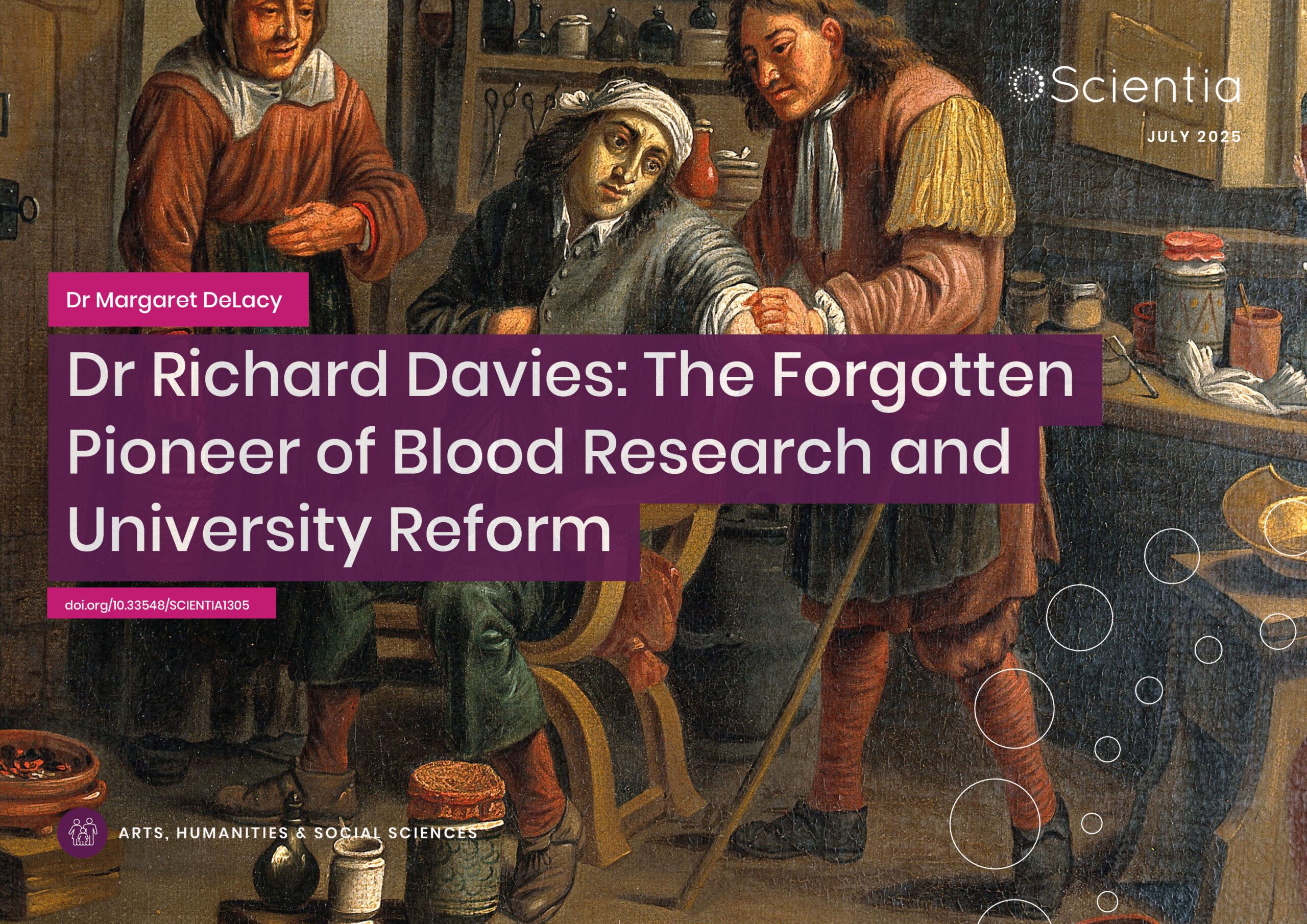
Dr Richard Davies: The Forgotten Pioneer of Blood Research and University Reform
Dr Richard Davies was an 18th century physician whose bold ideas spanned medical science, public health, and university reform. Yet, his name is little known today. From discovering features of inflammation in blood, to proposing a national system to control cattle plague, his work prefigured modern approaches to medicine and governance. Nevertheless, his calls for change often fell on deaf ears, and his contributions were overlooked or appropriated by others. Dr Margaret DeLacy revisited Dr Davies’ remarkable career, exploring how a forgotten doctor helped shape the future of medical thinking.
Life Sciences & Biology Latest

Stroke: A Global Challenge in Need of Innovation
Stroke is the third leading cause of both death and disability worldwide, but unfortunately, current diagnostic tools are unsatisfactory. Dr Roustem Miftahof and Dr Alexander Hermann at Advanced Biosimulation Technologies LLC, USA, are overcoming the limitations of existing diagnostic tools with the development of the Neuro-Glia-Vascular Unit Engine. This transformative tool for clinicians and biomedical researchers provides patient-specific health insights with the potential to improve care not only in stroke but across a range of neurological disorders.

Prof Doron Lancet – Roy Yaniv | Reproducing lipid micelles permit early Darwinian evolution
Article written by Joseph Earley, PhDThe origin of life has puzzled science and philosophy for thousands of years. While the prevailing scientific narrative is of an ‘RNA world’ or ‘polymers first’ approach, Prof Doron Lancet’s group of the Weizmann Institute of...

Dr Jim Wu | Ziresovir Offers New Hope for Treating Respiratory Syncytial Virus Infections
Article written by Luisa Postlethwaite, MPharmRespiratory syncytial virus (RSV) causes respiratory tract infections in children and adults. While for many patients the outcomes of infection are mild, for others, infection can prove fatal, and there is a lack of...

Dr Richard Marchant | Restoring the Flow: Stream Life Slowly Returns After Rabbit Eradication on Macquarie Island
Article written by Laura Hemmingham, PhDThe remote streams of subantarctic Macquarie Island are home to low diversity freshwater invertebrate communities with an unusual taxonomic composition. However, over a century of grazing by introduced rabbits dramatically...
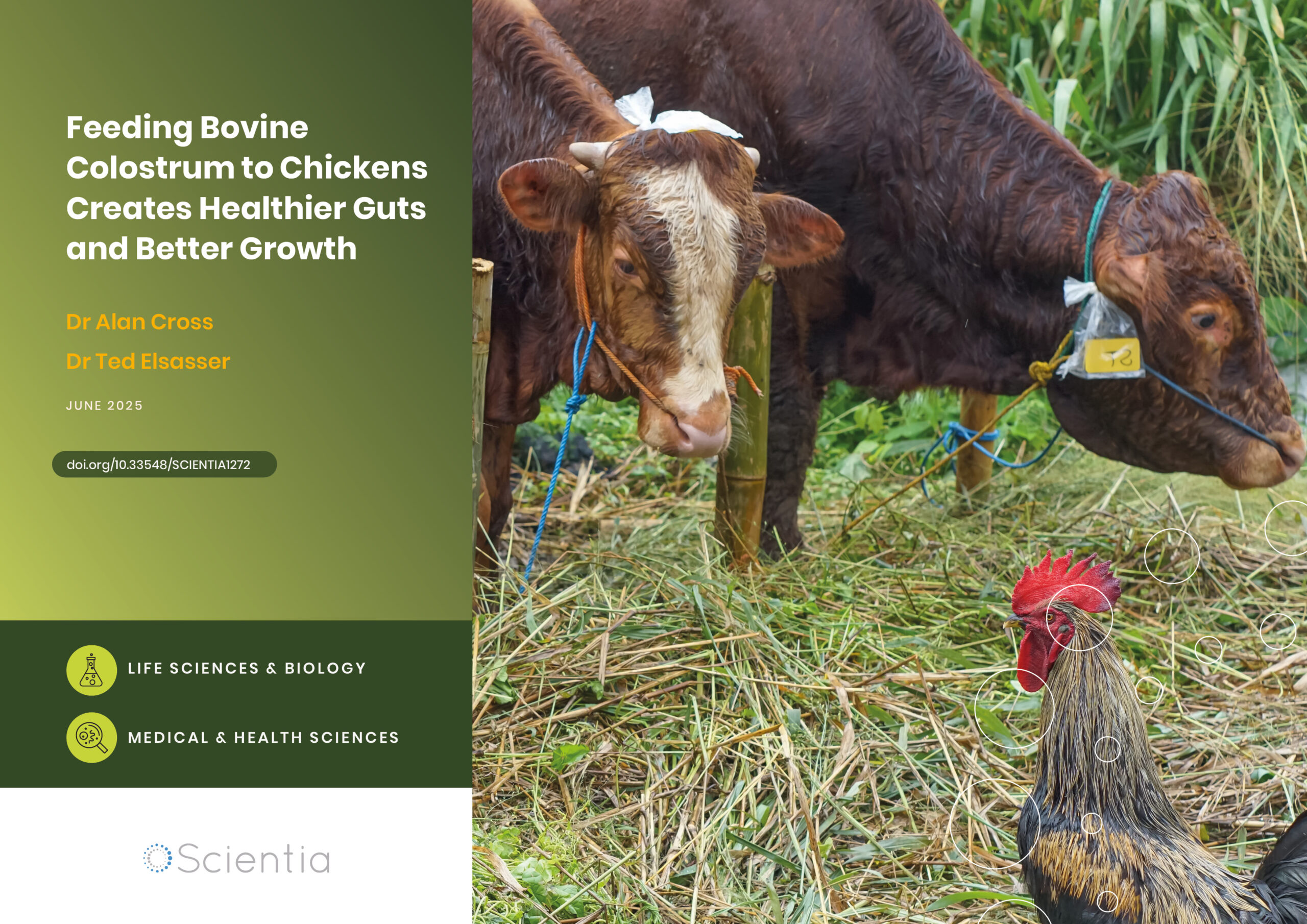
Feeding Bovine Colostrum to Chickens Creates Healthier Guts and Better Growth
Article written by Imogen Forbes, MSciA research team at the University of Maryland School of Medicine has discovered that a simple food supplement, specifically defatted bovine colostrum, can significantly enhance chicken gut health, reduce inflammation, and...

Dr Jiexin Deng | Optimising Warfarin Treatments for Chinese Patients
Article written by Imogen Forbes, MSciWarfarin is a commonly prescribed oral blood thinner used for the prevention and treatment of thromboembolic conditions. The wide variability in these conditions, that may range from deep vein thrombosis to heart valve...
Education & Training Latest

Dr Alyson J McGregor | Uncovering the Gender Gap in Medical Research: How Sex Differences Impact Healthcare Outcomes
Medical research has historically focused predominantly on male subjects, leading to dangerous gaps in our understanding of how diseases and treatments affect women. Dr Alyson McGregor from University of South Carolina School of Medicine Greenville has devoted her career to addressing this critical issue, highlighting how biological sex differences impact health outcomes. Her work demonstrates that ignoring these differences can have life-threatening consequences and advocates for more inclusive research practices to ensure safe and effective healthcare for everyone.

Seeing Beneath the Surface: Exploring Deltaic Reservoirs with Augmented Reality
Article written by Janine Galliano, MScIn the Aínsa Basin of the Spanish Pyrenees, the Mondot-1 well was drilled, cored, and fully logged to capture a detailed record of a long-buried ancient river delta system. Dr. John D. Marshall, Dr. Jürgen Grötsch, and Dr....

Dr Sandra Grumelli | The Importance of the Choline in Chronic Lung Infections
Article written by Helen Rickard, PhDPeople with chronic lung conditions like COPD and cystic fibrosis are vulnerable to lung infections caused by the bacterium Pseudomonas aeruginosa. These infections are often difficult to treat and can cause sudden worsening...

Professor Kathryn Newcomer | The Potential of Learning Agendas in Public Institutions
Article written by Laura Hemmingham, PhDIn their insightful research, Professor Kathryn Newcomer at George Washington University and her colleagues highlight the critical role of learning agendas in shaping governance landscapes, fostering evidence-informed...
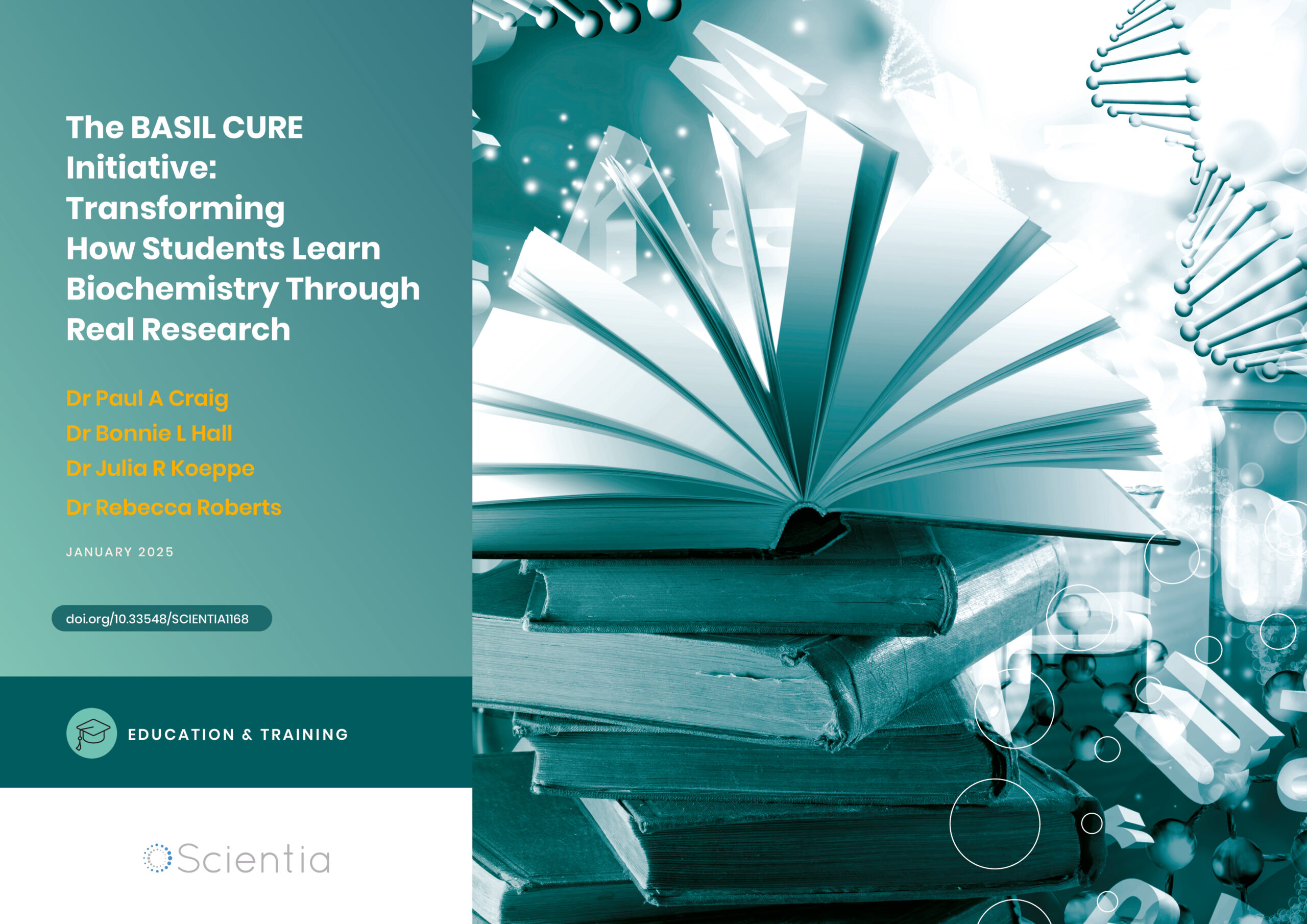
The BASIL CURE Initiative: Transforming How Students Learn Biochemistry Through Real Research
Teaching students how to think like scientists is a critical but challenging goal in biochemistry education. The Biochemistry Authentic Scientific Inquiry Lab (BASIL) initiative was conceived by Dr Paul Craig from the Rochester Institute of Technology and is led...

Professor Jean-Anne Stewart | Making Virtual Action Learning Effective for Leadership Development
New research shows that virtual action learning can be just as beneficial as face-to-face sessions for developing leadership skills, when implemented thoughtfully. A UK study of over 300 senior leaders by Professor Jean-Anne Stewart of Henley Business School at...
Psychology & Neuroscience Latest

Dr Natalia Rohatyn-Martin | Hidden Exhaustion: The Struggle of Deaf and Hard of Hearing Students in Education
For most students, attending to a typical school lesson involves listening to the teacher, perhaps jotting down notes, and occasionally participating in discussions. But imagine having to concentrate intensely on every word, constantly shifting your attention between the teacher and a sign language interpreter; or straining to lip-read and process spoken content, while simultaneously trying to keep up with the lesson and take notes. This is the daily reality for deaf and hard of hearing students in schools, and new research suggests it’s leaving them mentally and physically exhausted. Dr Natalia Rohatyn-Martin, an educational researcher at MacEwan University in Alberta, Canada, reveals how fatigue affects deaf and hard of hearing students in inclusive classrooms, with implications for teaching practices worldwide.
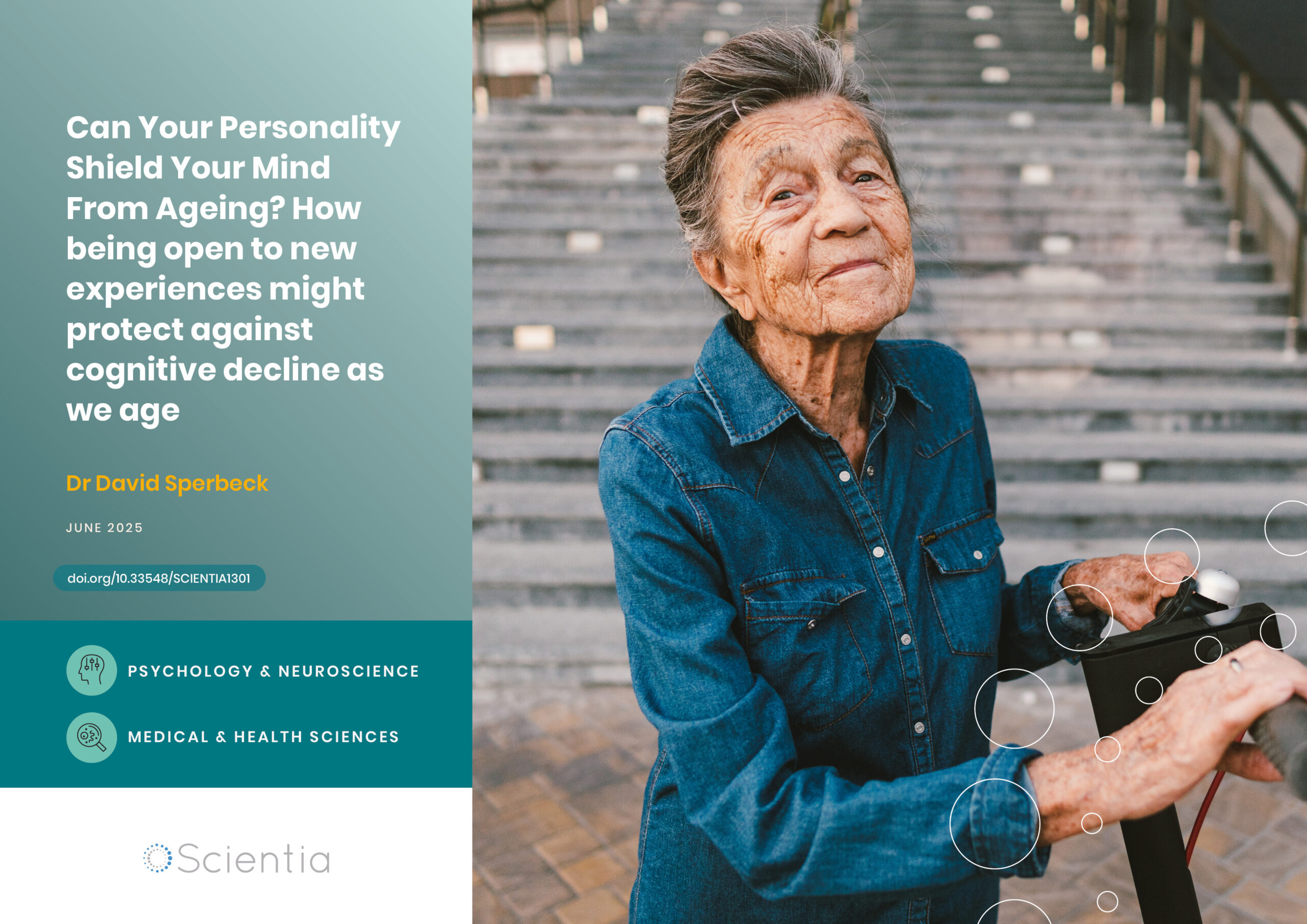
Can Your Personality Shield Your Mind From Ageing? How being open to new experiences might protect against cognitive decline as we age
Article written by Helen Rickard, PhDMany of us have witnessed the troubling effects of ageing on the mind in older friends or family members – the forgotten names, the misplaced keys, the struggle to solve problems that once seemed simple. For decades,...
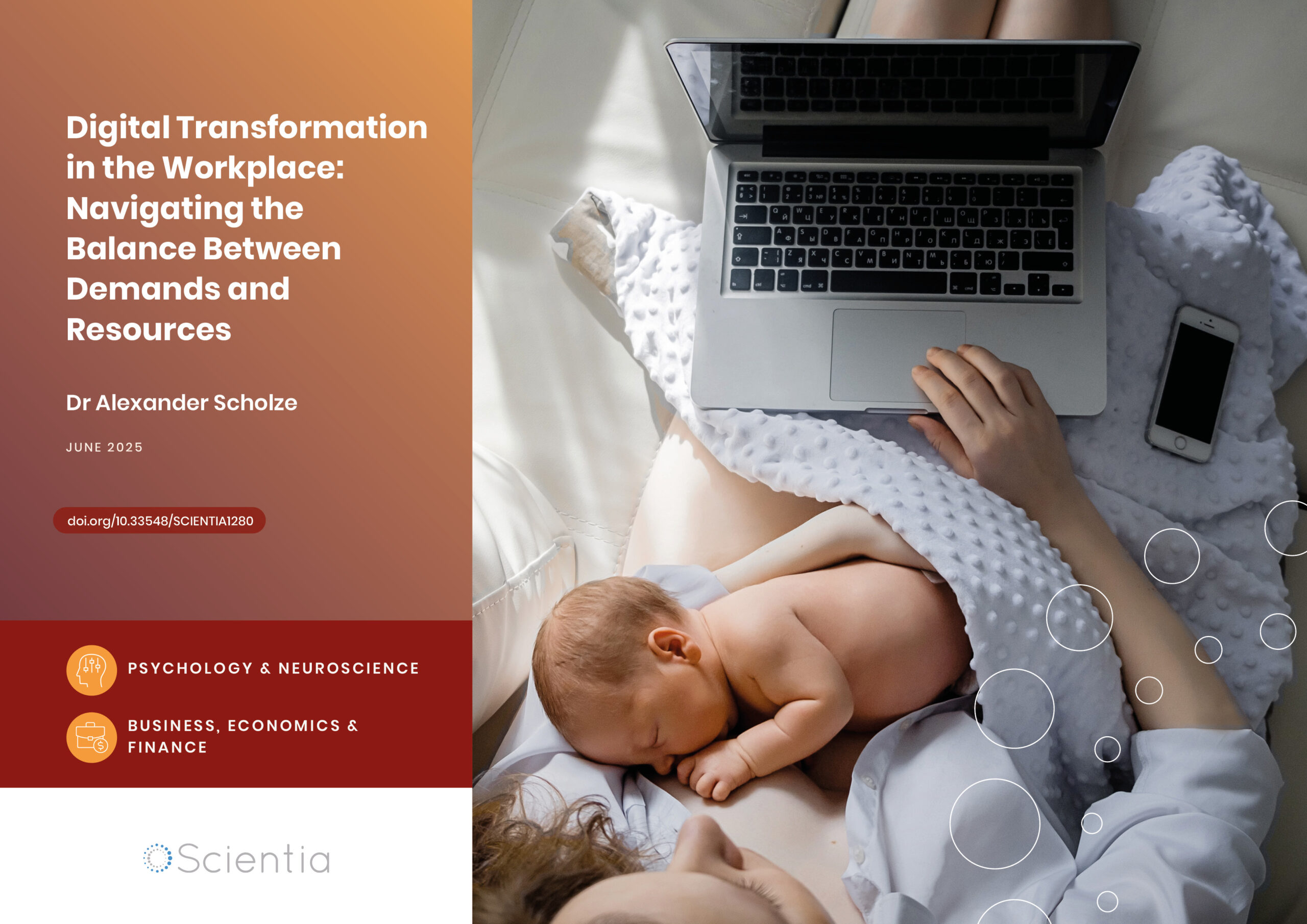
Dr Alexander Scholze | Digital Transformation in the Workplace: Navigating the Balance Between Demands and Resources
Article written by Imogen Forbes, MSciWhat if your digital tools, designed to help you, became the very reason for your burnout? In today’s rapidly evolving digital landscape, organisations face the challenge of implementing technological changes while...
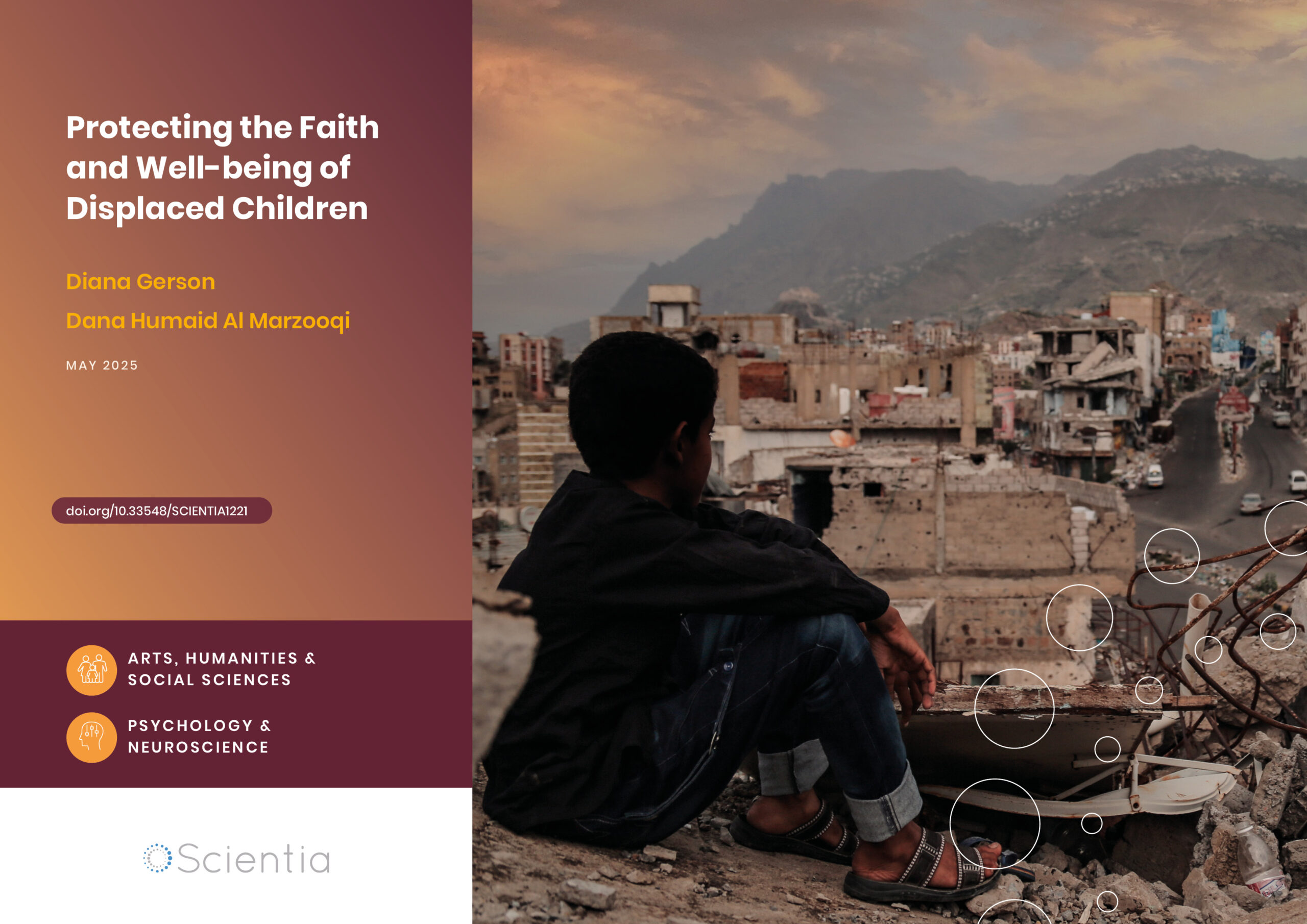
Diana Gerson – Dana Humaid Al Marzooqi | Protecting the Faith and Well-being of Displaced Children
Article written by Laura Hemmingham, PhDIn an era marked by increasing global upheaval, the world faces an unprecedented humanitarian challenge: nearly half of the world’s 117 million displaced people are children under 18. This stark reality has prompted...
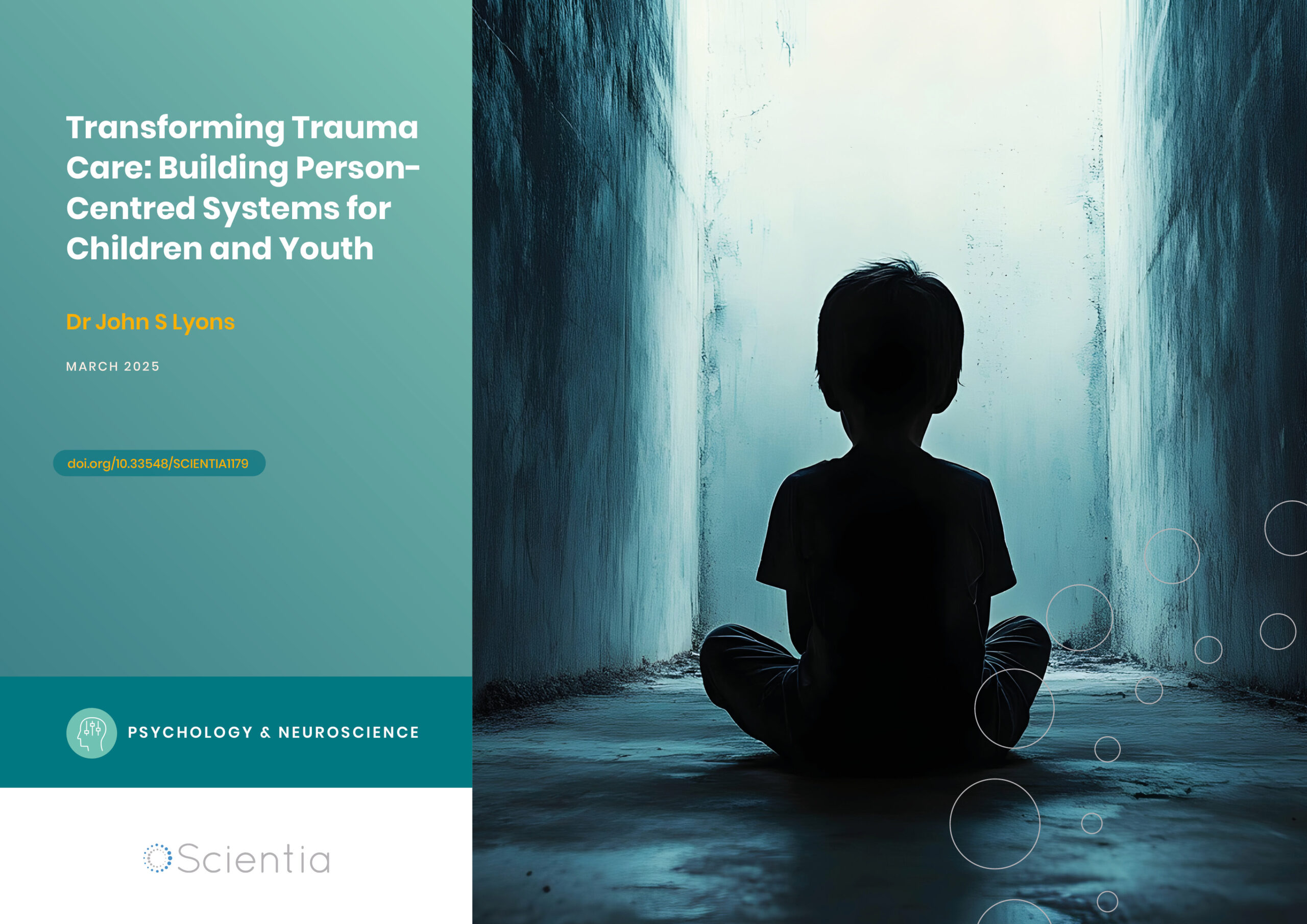
Dr John Lyons | Transforming Trauma Care: Building Person-Centred Systems for Children and Youth
Article written by Luisa Postlethwaite, MPharmParticularly in the absence of effective interventions and supports, traumatic experiences in childhood can have profound and lasting impacts on mental and physical health. Dr John Lyons from the University of...
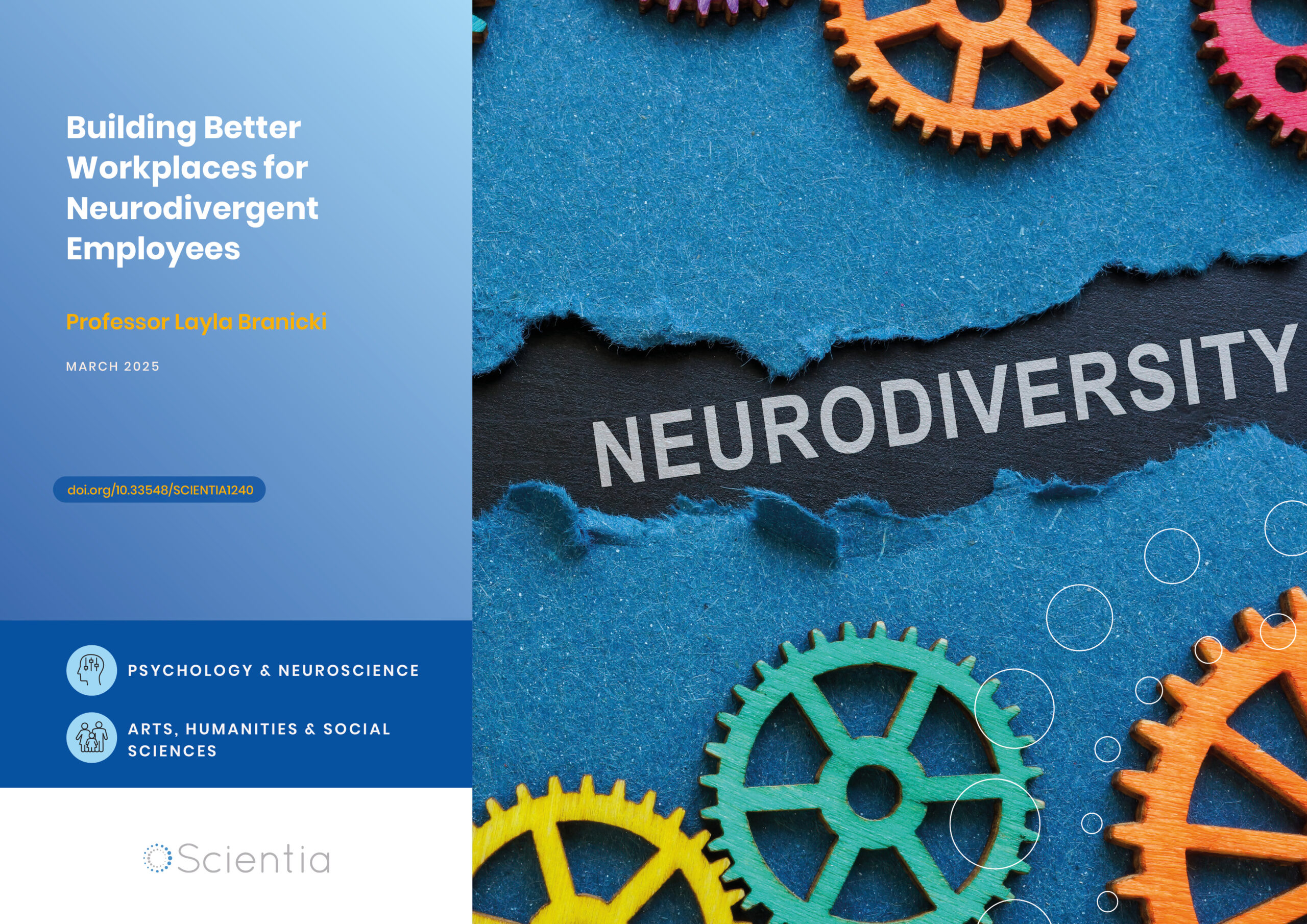
Professor Layla Branicki | Building Better Workplaces for Neurodivergent Employees
Article written by Luisa Postlethwaite, MPharmThe landscape of work is undergoing a radical transformation, with flexible arrangements and remote working becoming increasingly embedded in organisational culture. However, for the estimated 15-20% of people who...
Business, Economics & Finance Latest

Professor Yves R. Sagaert | Demand Planning Excellence: The Case for Incorporating Macroeconomic Leading Indicators
Today’s demand planning landscape is increasingly defined by radical uncertainty. Professor Yves R. Sagaert from the research group Predictive AI and Digital Shift at VIVES University of Applied Sciences is one of many scholars who posits that to survive and thrive in this new normal, demand planners must consider incorporating leading macroeconomic indicators into their demand forecasts. This field of research is vital for better understanding how the early warning signals in leading macroeconomic indicators can be used to inform precision forecasting and minimise forecast-reality variance.

Dr Alexander Scholze | Digital Transformation in the Workplace: Navigating the Balance Between Demands and Resources
Article written by Imogen Forbes, MSciWhat if your digital tools, designed to help you, became the very reason for your burnout? In today’s rapidly evolving digital landscape, organisations face the challenge of implementing technological changes while...

Professor Jean-Philippe Bouchaud | The Inelastic Market Hypothesis: Explaining the Origins of Financial Fluctuations
By Mr Jack LatusWhat drives movements in asset prices? Are markets efficient, with prices reflecting underlying fundamentals, or do uninformed trades impact prices long-term? Professor Jean-Philippe Bouchaud from Capital Fund Management and Académie des Sciences...
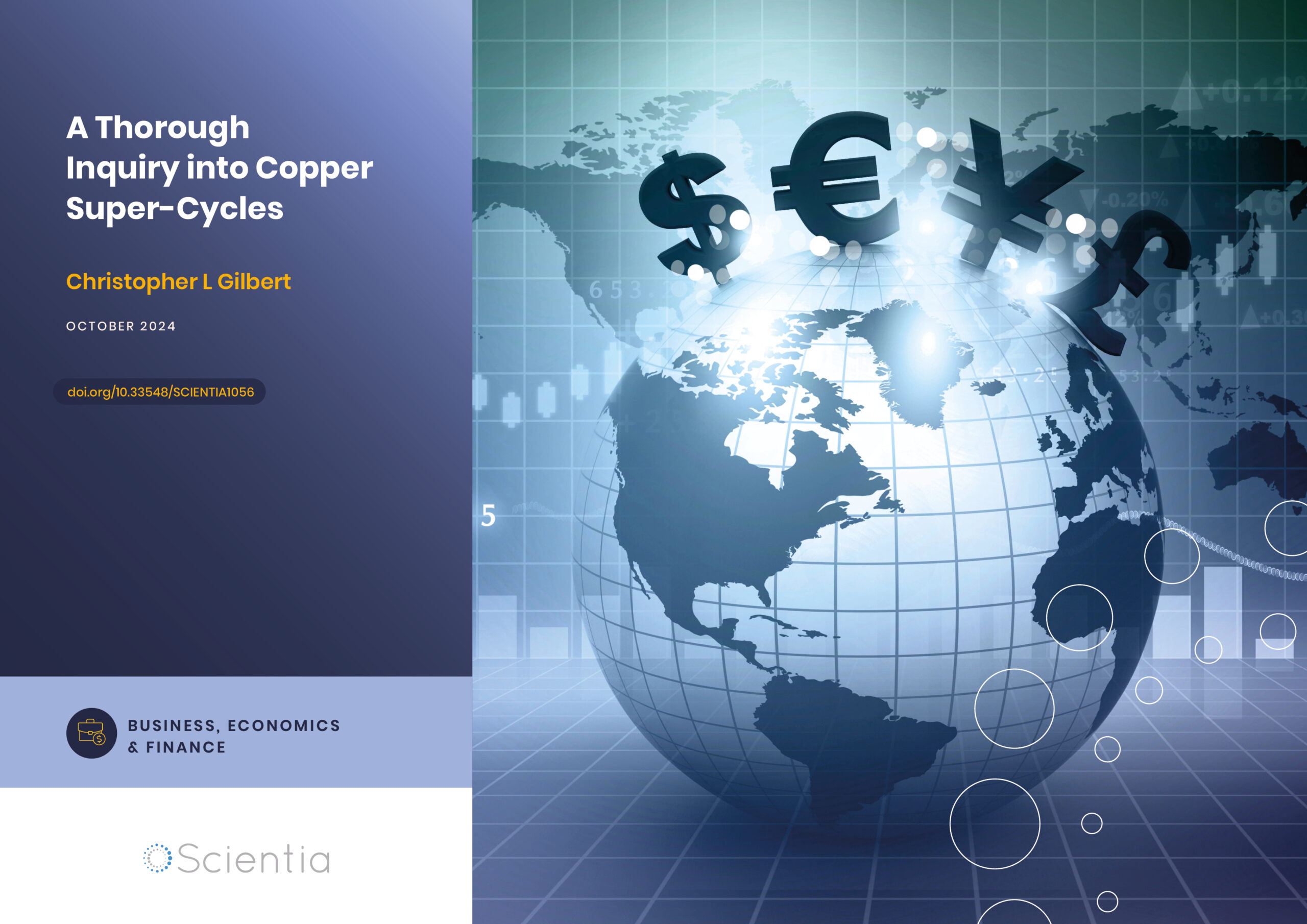
Christopher Gilbert | A Thorough Inquiry into Copper Super-Cycles
Understanding super-cycles is crucial for stakeholders such as investors, policymakers, and industry leaders as it offers insights into long-term trends and dynamics in commodity prices. Christopher Gilbert plays a pivotal role in providing stakeholders with the...

Dr Britta Holzberg | Stitching Together a Fairer Future: Insights from the Global Garment Industry
The global garment industry spans continents, cultures, and livelihoods. Ensuring decent work for the millions employed in its factories is an urgent concern. Dr Britta Holzberg has worked to unravel this intricate web through in-depth case studies in Egypt and...
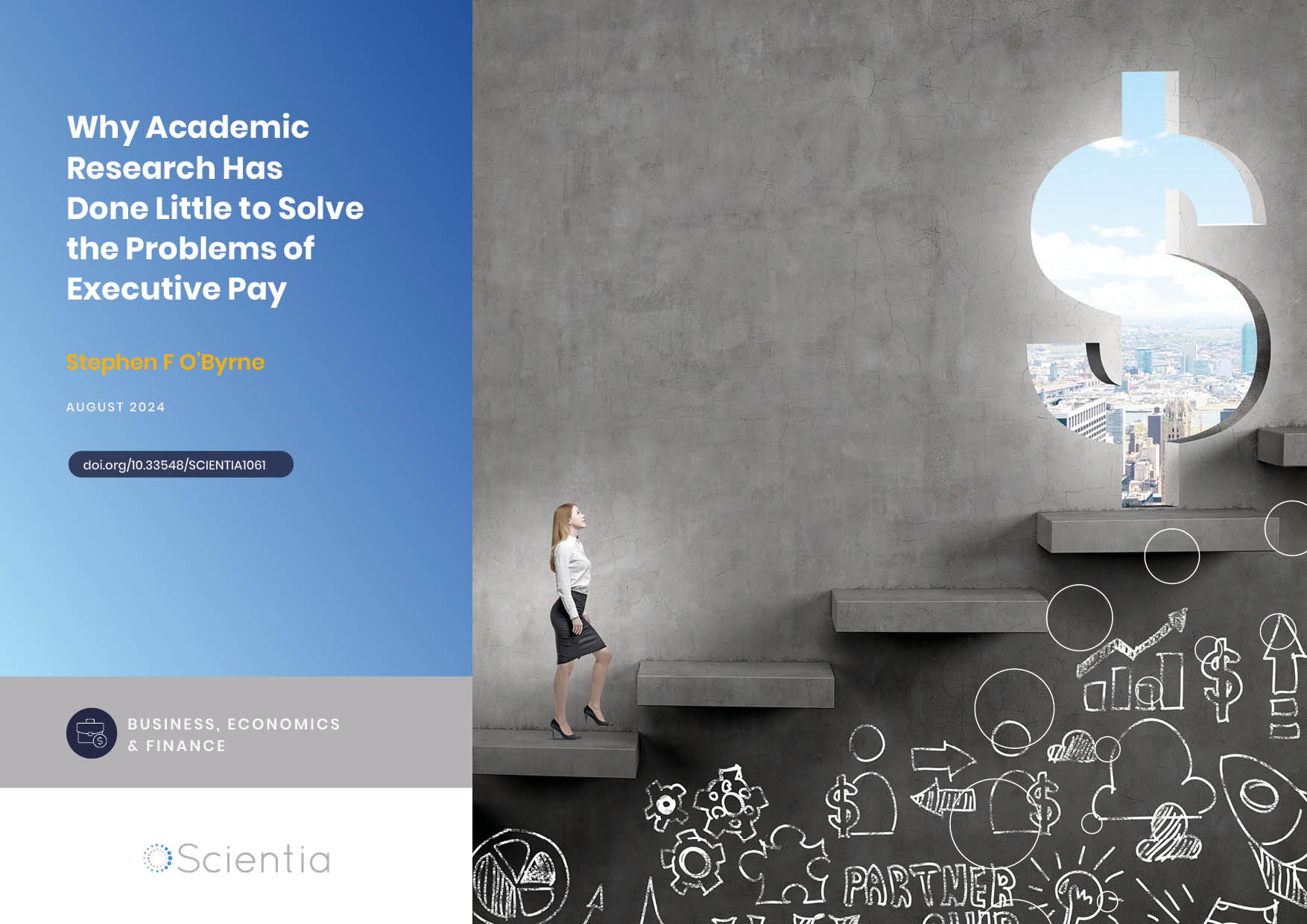
Stephen O’Byrne | Why Academic Research Has Done Little to Solve the Problems of Executive Pay
Competitive target pay is a basic principle of modern executive pay, embraced by corporate directors, compensation consultants and proxy advisors. Providing a high percent of pay in stock (or other incentive pay) is a second basic principle of modern executive...

Scientia Issue #153 | Exploring Our World, Our Past, and Our Future
The latest issue of Scientia showcases recent advances in research and technology across diverse fields. These riveting articles provide fascinating insights into our world, our past, and our future, and underscore the intertwined relationship between science and society.
In Education & Training, we highlight developments across the educational system, and in Arts, Humanities & Social Sciences, we share insights from the study of history and the present day, as well as advances in economics and data science. In Earth & Environmental Sciences, we are reminded of the necessity of water for life on Earth and the need for sustainable agriculture. The section dedicated to Physical Sciences & Mathematics explores the exciting applications of this field to space exploration, nuclear energy, telecommunications, and healthcare. In Medical & Health Sciences, preventing, diagnosing, and treating cancer emerges as a core theme. Finally, in Life Sciences & Biology and Psychology & Neuroscience, we can read the latest insights into ethnic and genomic diversity, and how psychology can inform our understanding of the challenges faced by vulnerable groups.
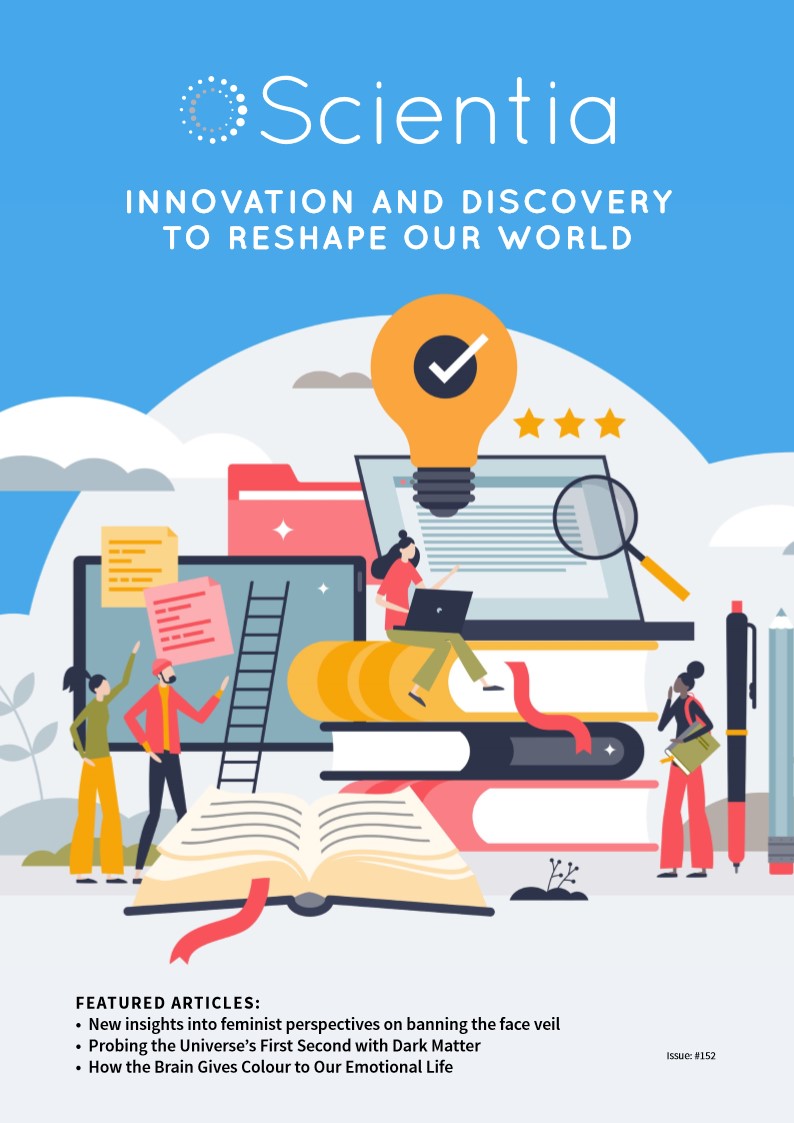
Scientia Issue #152 | Innovation and Discovery to Reshape Our World
Innovation and Discovery to Reshape Our World In this latest issue of Scientia, we showcase the work of distinguished researchers from diverse fields, delving into pressing social issues, groundbreaking scientific discoveries, and...
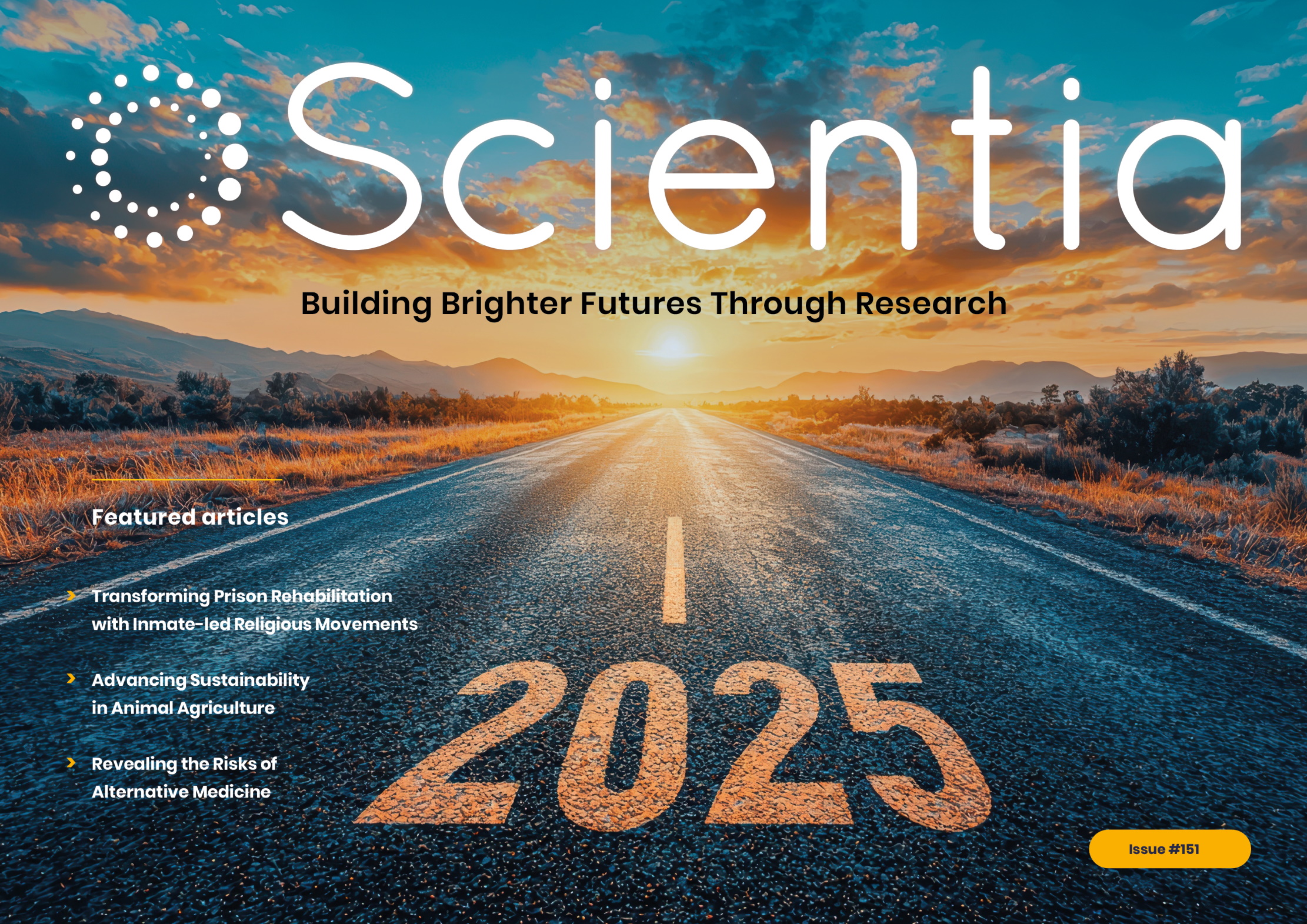
Scientia Issue #151 | Building Brighter Futures Through Research
Building Brighter Futures Through Research In this first issue of 2025, Scientia showcases the exciting work of researchers who, in vastly different ways, share the common goal of helping build a brighter future for us and for our...
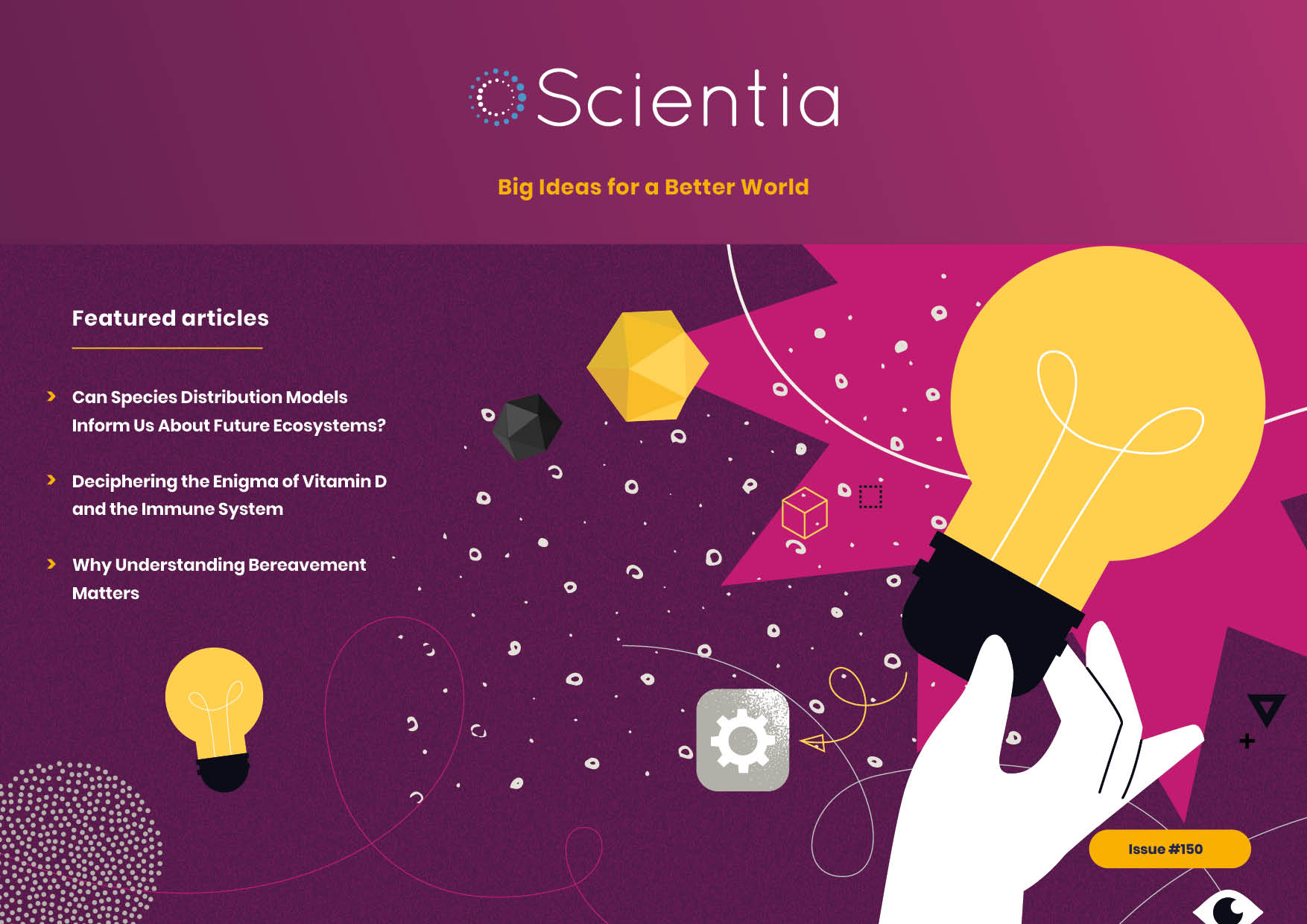
Scientia Issue #150 | Big Ideas for a Better World
Big Ideas for a Better World This riveting issue of Scientia showcases some of the biggest new ideas across science, research, and technology. While we face many challenges, from climate change to cancer, epidemics to economic...
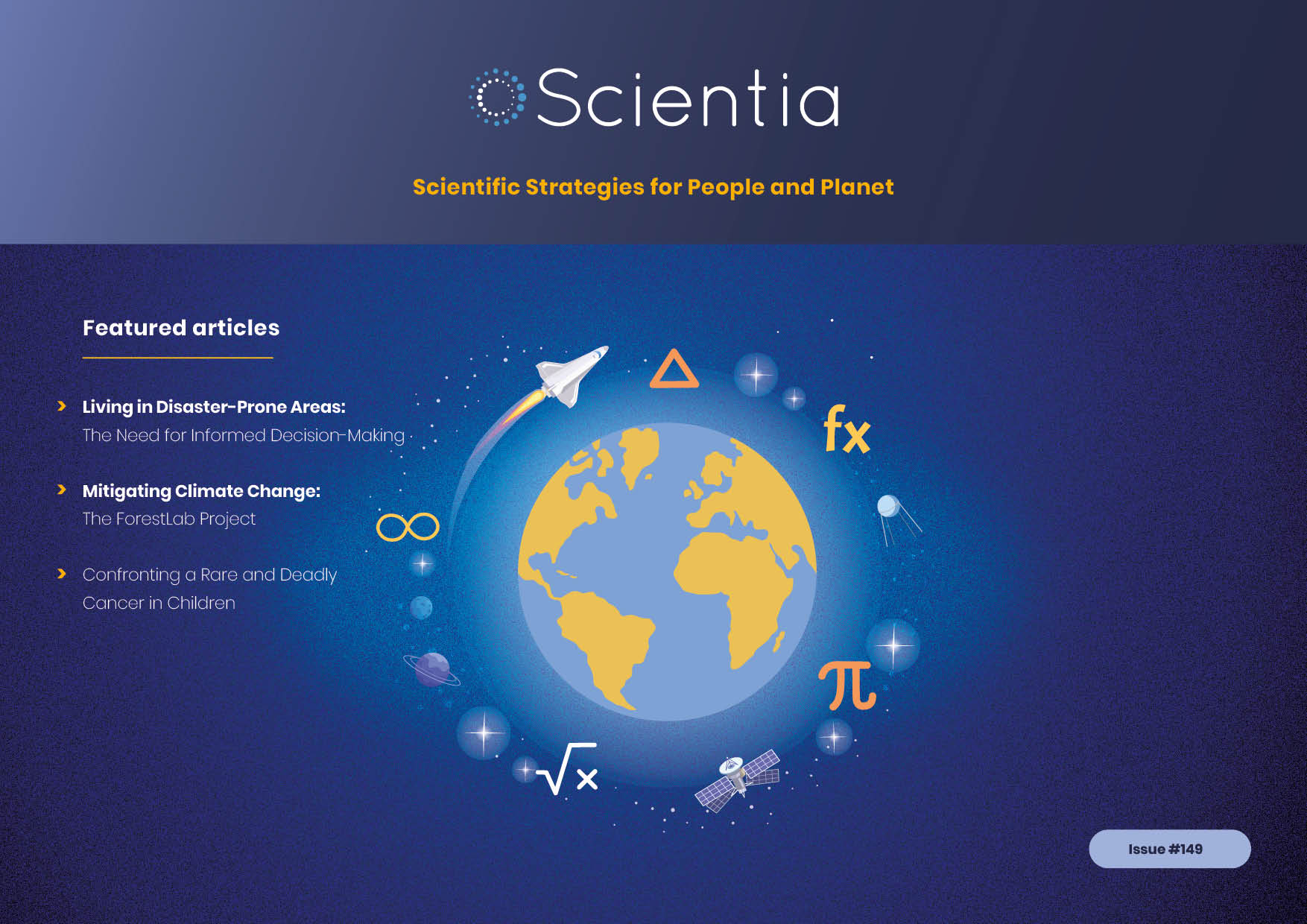
Scientia Issue #149 | Scientific Strategies for People and Planet
Scientific Strategies for People and Planet This latest issue of Scientia showcases the researchers making innovative advances in improving the health and well-being of people across the globe, as well as those dedicated to ensuring...
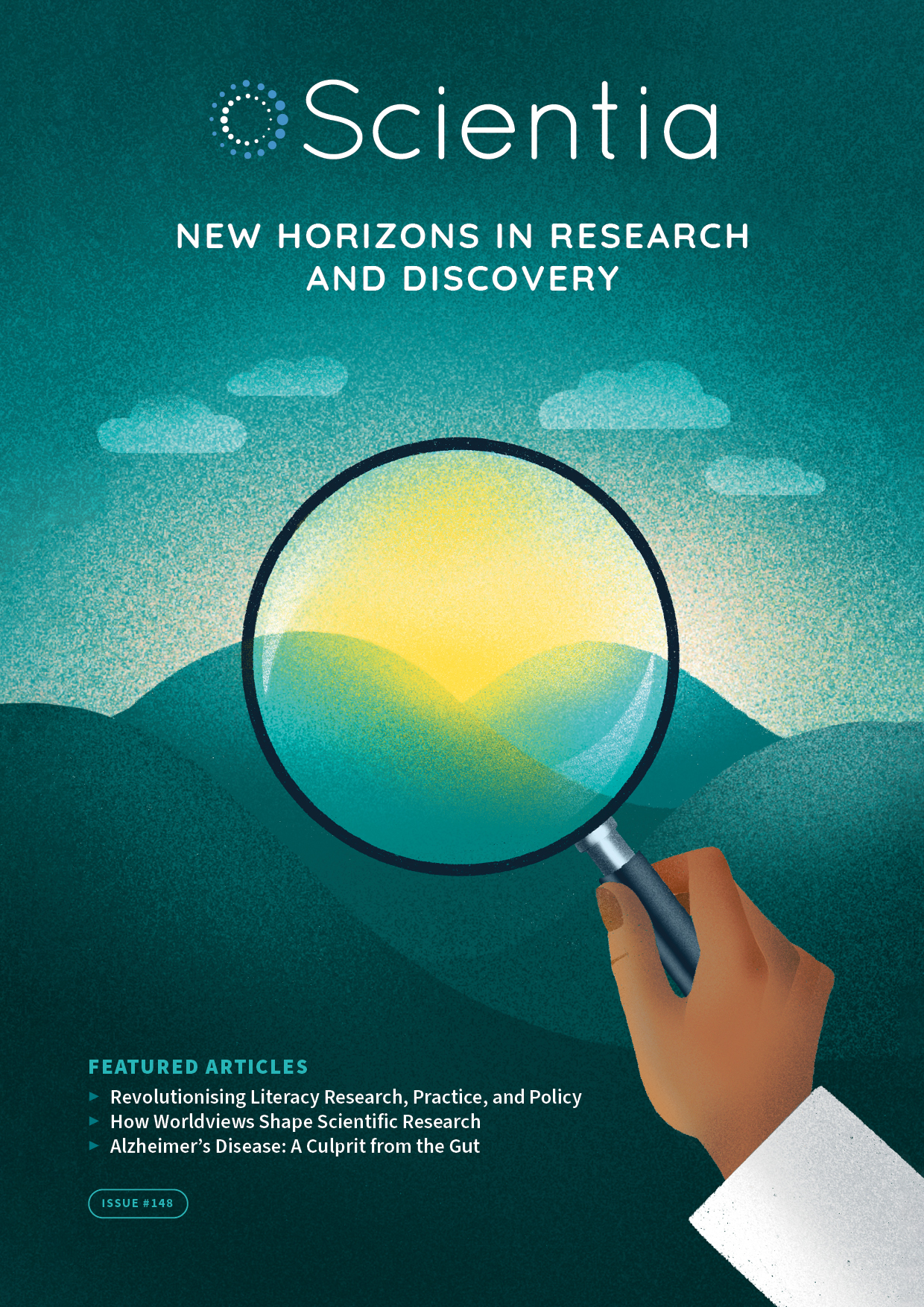
Scientia Issue #148 | New Horizons in Research and Discovery
New Horizons in Research and Discovery In this latest issue of Scientia, we showcase some of the most exciting recent advances in research and discovery. Disease, poverty, war, inequality, and climate change are just some of the...
PUBLIC ACCESS

No paywalls. No subscription barriers. No language barriers. Simple, instant public access to science—opening a dialogue between science and society.
CREATIVE COMMONS
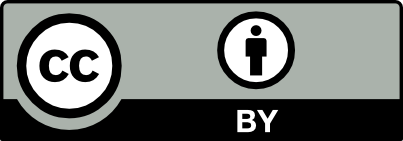
We publish under the Creative Commons Attribution-NonCommercial 4.0 (CC BY-NC 4.0)
DECLARATION ON RESEARCH ASSESSMENT (DORA)

We support and encourage the DORA initiative
OPEN ACCESS POLICY

Scientia adheres to the open access policy. Open Access (OA) stands for unrestricted access and unrestricted reuse.
DOI
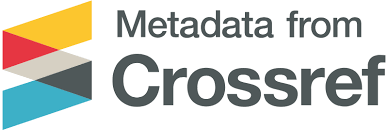
Scientia is officially registered with CrossRef making our research content easy to find, cite, link, and assess.
NO AI

All research articles published by Scientia are crafted by a talented team of humans, without any AI input
